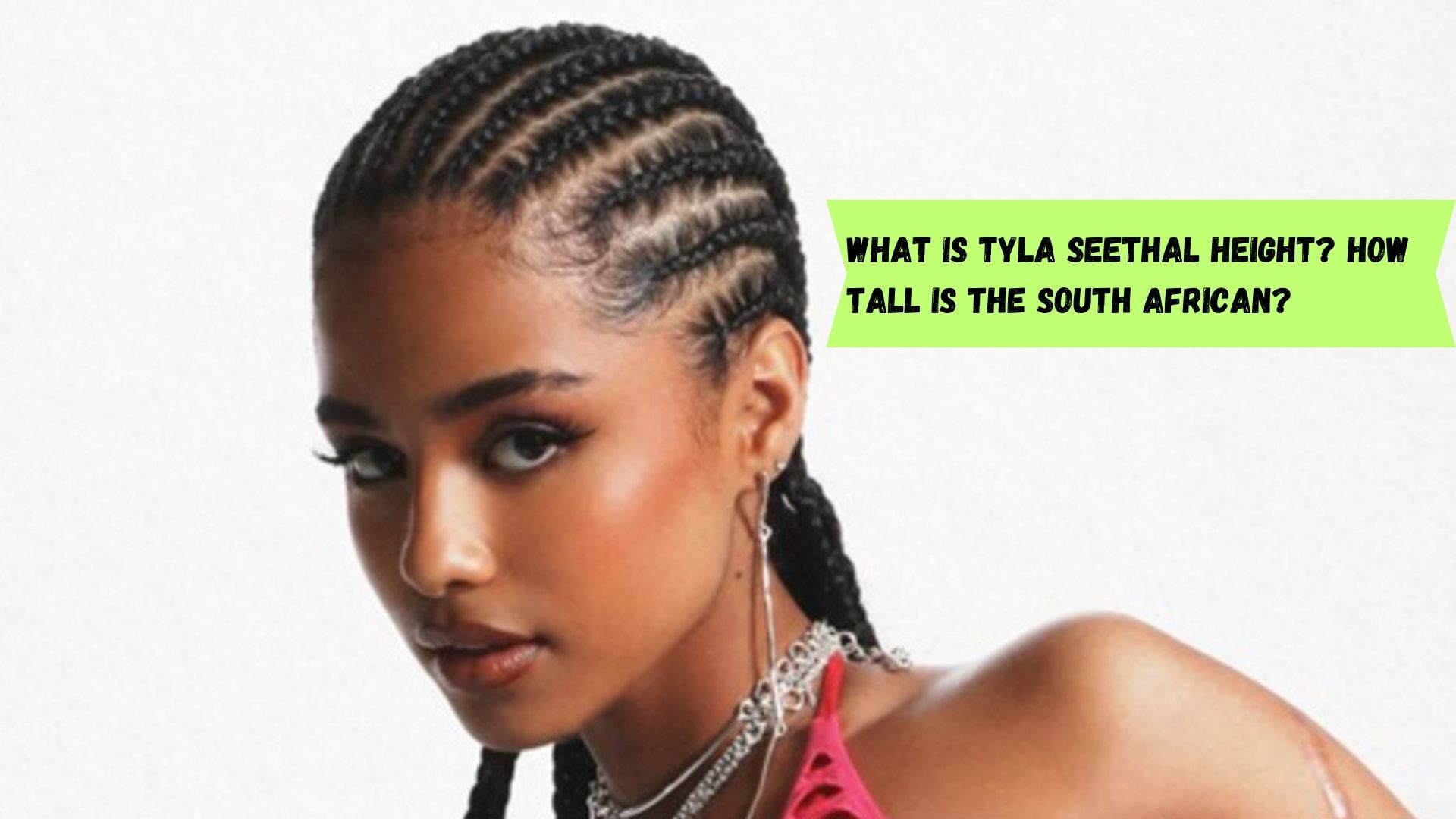Table of Contents
- What Does It Mean to Be Tall?
- How Do We Talk About Height for Someone Like Tyla?
- What Makes a Person "Tall" in General Terms?
- Is There a Difference Between "Tall" and "High"?
- How Do We Compare Heights, Even for Things That Aren't People?
- When is a Height Considered "More Than Average" for Someone Like Tyla?
- What Are Some Ways We Describe Someone's Height, Even Without Exact Numbers for Tyla?
- Understanding Height as it Relates to People, Like How Tall is Tyla's Stature?
When thoughts turn to a person's physical presence, one question that often comes up is about their height. People frequently wonder about the stature of public figures, and it is pretty common for folks to ask things like, "how tall is Tyla?" This kind of question gets us thinking about what we truly mean when we describe someone as being "tall" and how we generally measure or perceive a person's upright extent. We're going to explore what it means for someone to possess a considerable vertical reach, and how that idea connects to the way we describe human proportions.
It's quite interesting, really, to consider how we put words to someone's height. The simple idea of being "tall" holds a meaning that suggests a person has a greater upright extent than what is typically found. This doesn't always mean an exact measurement, but rather a general impression of having a stature that stands out. We look at someone, and perhaps they just seem to stretch a little further towards the sky than others around them, which is that sense of considerable height.
So, when someone asks about how tall Tyla might be, they are usually curious about whether she has a vertical dimension that goes beyond the usual. This concept of being "tall" for a person often points to having a physical presence that is more elevated than the typical individual of their age or gender. It’s about that noticeable difference in how much vertical space a person takes up, which is what we often associate with someone who is considered to be of a greater height.
What Does It Mean to Be Tall?
The core meaning of being "tall" really points to someone being high in stature. This isn't just about an exact number on a measuring tape, but more about a person's overall vertical presence. When we say someone is high in stature, we're talking about them having a noticeable upright length that sets them apart. It's that feeling you get when you see someone whose head seems to reach a bit further up than most, a characteristic that makes them appear rather grand in their vertical dimension.
This idea of having a "relatively great height" is central to what we consider "tall." It means that, when compared to a general group, a person's vertical measurement stands out as being more than the common average. You know, it's like they've got a bit more vertical stretch to them. This isn't about being the absolute tallest person in the world, but rather about possessing a height that is clearly above the usual, giving them a distinct physical appearance.
When we talk about someone having "more than average stature," we're touching upon the same point. It’s about a person whose height goes beyond what one might typically expect. For example, if you picture a group of people, the one who is "tall" would be the one whose head is a bit higher than the rest, perhaps even by a good margin. This characteristic often brings with it a certain kind of presence, making the individual noticeable in a crowd.
To say someone has a "greater height than is normal or average" sums up the general idea quite well. It’s not about some extreme, but about a noticeable difference from the typical. This could mean they just stand a little bit higher than most people they encounter, or perhaps their overall body length from head to toe is simply more extended than what is commonly observed. It’s pretty much about being noticeably above the usual line of sight for many.
How Do We Talk About Height for Someone Like Tyla?
When we discuss how to use the word "tall" in a sentence, especially concerning a person like Tyla, we are thinking about how we describe their vertical measurement. We might say, for instance, "She is a tall person," which gives a general impression without needing specific numbers. This way of speaking helps us communicate a person's physical characteristic in an easy-to-grasp manner, making it simple to picture their general upright extent.
The phrase "having stature or height as specified" shows us that sometimes we do get more precise. While we might not have exact numbers for Tyla, in other situations, we might say something like, "He is a man six feet tall." This provides a clear, numerical description of a person's height, giving a very definite idea of their vertical reach. It’s a way of being very clear about how much vertical space a person occupies.
This specifying of height helps us compare and contrast individuals. When we mention "a man six feet tall," we are providing a benchmark, a specific measurement that immediately tells us a lot about his physical size. It's a way of pinning down a person's vertical dimension with a clear number, which can be quite useful for understanding their overall physical make-up.
What Makes a Person "Tall" in General Terms?
In relation to people, the idea of being "tall" often means having a height above the average for their gender, age, or group. This is a very important point, because what is considered tall can shift depending on who you are comparing someone to. So, someone might be considered tall within their family, but perhaps not as much when compared to a group of professional basketball players, you know.
For example, somebody with a height of over 6 feet would generally be considered tall in many parts of the world. This is a common benchmark that people use to categorize someone as having a significant vertical dimension. It's a height that often stands out in a crowd, making the person quite noticeable due to their considerable upright extent.
The text mentions a description: "She was a young woman, fairly tall and fairly slim." This gives us a picture of a person who is not only of a greater height but also possesses a slender build. It shows that we often combine descriptions of height with other physical characteristics to paint a more complete image of a person's appearance. It's a way of describing someone's general build, without needing to be too precise with numbers, sort of.
Is There a Difference Between "Tall" and "High"?
It’s interesting how we choose between words like "tall" and "high." We typically use "high" for mountains and for things which are a long way above the ground. Think about a bird flying very far up in the sky, or a cloud that appears way up there. Those things are described as "high" because their distance from the ground is the main point, rather than their own internal vertical dimension.
So, while a mountain is "high," we wouldn't usually say a mountain is "tall" in the same way we say a person is tall. The focus for "high" is often on elevation or position far above a base. It's about how far something is from the earth's surface, or from a particular reference point, which is a bit different from how we think about a person's own physical length.
When we talk about a building, like "The Sears Tower," we use "taller" because we're describing its vertical measurement from its base to its top. It has a definite structure that rises upwards, just like a person does. This distinction helps us communicate more clearly whether we're talking about something's own upright dimension or its position relative to the ground.
How Do We Compare Heights, Even for Things That Aren't People?
The example "The Sears Tower is taller than the Empire State Building" illustrates how we compare the vertical dimensions of structures. This comparison highlights that one building has a greater vertical extent than the other. It's a direct way of saying that one structure reaches further up into the sky from its foundation than the other, which is a pretty straightforward way to compare them.
This kind of comparison is similar to how we might compare the heights of people, even if we don't have exact numbers for someone like Tyla. We can observe that one person appears to have a greater vertical reach than another, simply by looking at them side by side. It's a visual assessment of who seems to stretch further upwards, you know.
When we make these comparisons, whether for buildings or for people, we are often looking at the overall vertical measurement. It's about how much space something or someone occupies from bottom to top. This way of thinking helps us organize our perceptions of physical size in the world around us, giving us a way to describe differences in stature.
When is a Height Considered "More Than Average" for Someone Like Tyla?
"Tall generally refers to a considerably greater height or length than the average or typical." This means that for someone to be considered tall, their vertical dimension isn't just a little bit more than others; it's noticeably more. It's about having a stature that truly stands out from the crowd, making them distinct in their vertical presence, so.
For a person, this means having a vertical extent greater than the average. It's about their body's length from head to toe being longer than what is usually found in their population group. This difference is often quite clear to the eye, making the individual appear to stretch upwards more than most people they encounter.
The definition from the Oxford Advanced Learner's Dictionary states that "tall" (of a person, building, tree, etc.) means "having a greater than average height." This reinforces the idea that it's about exceeding the common measure. It's about being above the typical line, which is a pretty simple way to think about it.
When we consider someone's height in this way, we are thinking about how their physical measurement compares to the general population. It's not about being the absolute biggest, but about being noticeably bigger in terms of vertical reach. This is how we generally categorize individuals who possess a more significant upright dimension.
What Are Some Ways We Describe Someone's Height, Even Without Exact Numbers for Tyla?
We often describe someone's height using general terms, even when we don't have precise measurements. For instance, the phrase "She was a young woman, fairly tall and fairly slim" gives us a good picture without any numbers. It tells us that her height was more than average, but not necessarily extreme, and that it was accompanied by a slender build, you know.
This kind of description helps us visualize a person. When someone says "fairly tall," it suggests a height that is noticeable but perhaps not exceptionally so. It implies a comfortable presence, a person who stands out a bit but doesn't necessarily tower over everyone. It's a way of giving a general sense of their vertical scale.
We also use comparative words like "taller" and "tallest" to describe a person's vertical dimension. "Tall (comparative taller, superlative tallest) (of a person) having a vertical extent greater than the average" shows how we rank people by their height. It allows us to say that one person has more vertical reach than another, or that someone is at the very top of the height scale among a group.
So, even without saying "Tyla is X feet and Y inches," we can still communicate an idea of her height using these descriptive terms. We can talk about whether she appears to have a greater vertical dimension than most, or if she seems to stand out in terms of her upright measurement. It’s all about conveying a general impression of her stature.
Understanding Height as it Relates to People, Like How Tall is Tyla's Stature?
When we consider how tall Tyla's stature might be, we are thinking about her height in comparison to what is typical for people. The concept of "greater in height than the average person" is key here. It means we are looking at whether her vertical measurement goes beyond the usual range found in individuals. This is how we generally think about someone who is considered to be of a considerable height.
The idea that "in relation to people, it often means having a height above the average for their gender, age, or" group is very important. What is considered tall for a woman might be different from what is considered tall for a man, or for someone of a different age group. This context helps us understand what "tall" truly signifies when we're talking about a person's physical dimensions.
For example, the text mentions that "Four of her friends are six feet or." This illustrates a specific measurement that is commonly considered tall for people. If Tyla were to have friends who are around this height, it gives us a frame of reference for what "tall" means in a real-world context for individuals. It highlights a measurement that is often seen as a significant vertical dimension for a person.
Ultimately, when asking "how tall is Tyla," the question is about where her personal vertical measurement falls on the spectrum of human heights. It’s about whether she possesses a vertical extent that is clearly above the average, making her stature noteworthy. This kind of inquiry helps us place individuals within the broader range of human physical forms.
This article explored the general meaning of being "tall," how we use this term to describe people and objects, and the distinctions between "tall" and "high." We looked at how height is compared and how a "greater than average" stature is generally perceived, using examples from the provided text to illustrate these concepts.



Author Details:
- Name : Israel Schroeder
- Username : dasia90
- Email : mckenzie89@bauch.com
- Birthdate : 1992-10-08
- Address : 109 Lowe Forge Apt. 975 O'Haraland, CO 63154-0887
- Phone : +1-337-817-2779
- Company : Hudson PLC
- Job : Surveying Technician
- Bio : Deleniti ut aut est et perspiciatis nisi deleniti. Velit itaque qui dolorem beatae est perspiciatis sed. Eaque sapiente sed accusantium in quam nesciunt quo.
Social Media
Instagram:
- url : https://instagram.com/jordi_larkin
- username : jordi_larkin
- bio : Magnam aut maiores eum. Repellat officiis exercitationem commodi quia labore facilis labore.
- followers : 6929
- following : 1600
Tiktok:
- url : https://tiktok.com/@jordi.larkin
- username : jordi.larkin
- bio : Qui harum similique aut doloremque sint.
- followers : 1733
- following : 1230
Linkedin:
- url : https://linkedin.com/in/larkinj
- username : larkinj
- bio : Dicta blanditiis fugit iure unde.
- followers : 2529
- following : 1654
Twitter:
- url : https://twitter.com/larkin2008
- username : larkin2008
- bio : Natus quis explicabo eum qui quisquam est. Rerum harum veniam animi ea et. Iusto sint aut repudiandae sunt aut temporibus facere.
- followers : 4495
- following : 1214
Facebook:
- url : https://facebook.com/jordi7357
- username : jordi7357
- bio : Numquam quos laudantium sapiente numquam est modi autem.
- followers : 5867
- following : 1310
